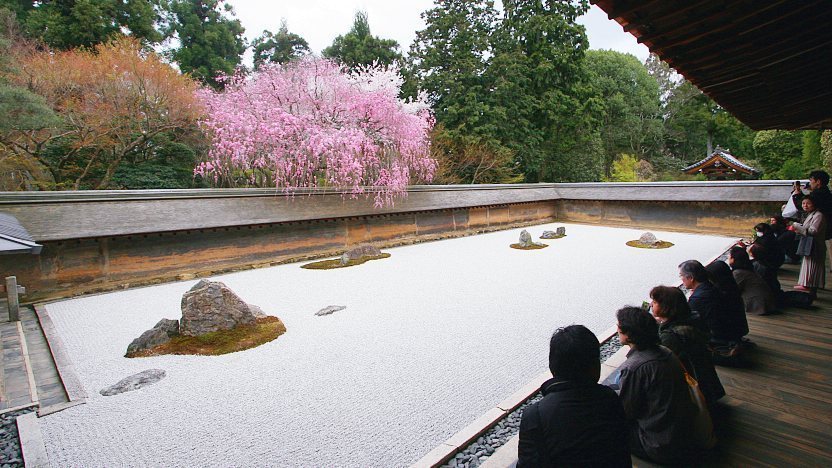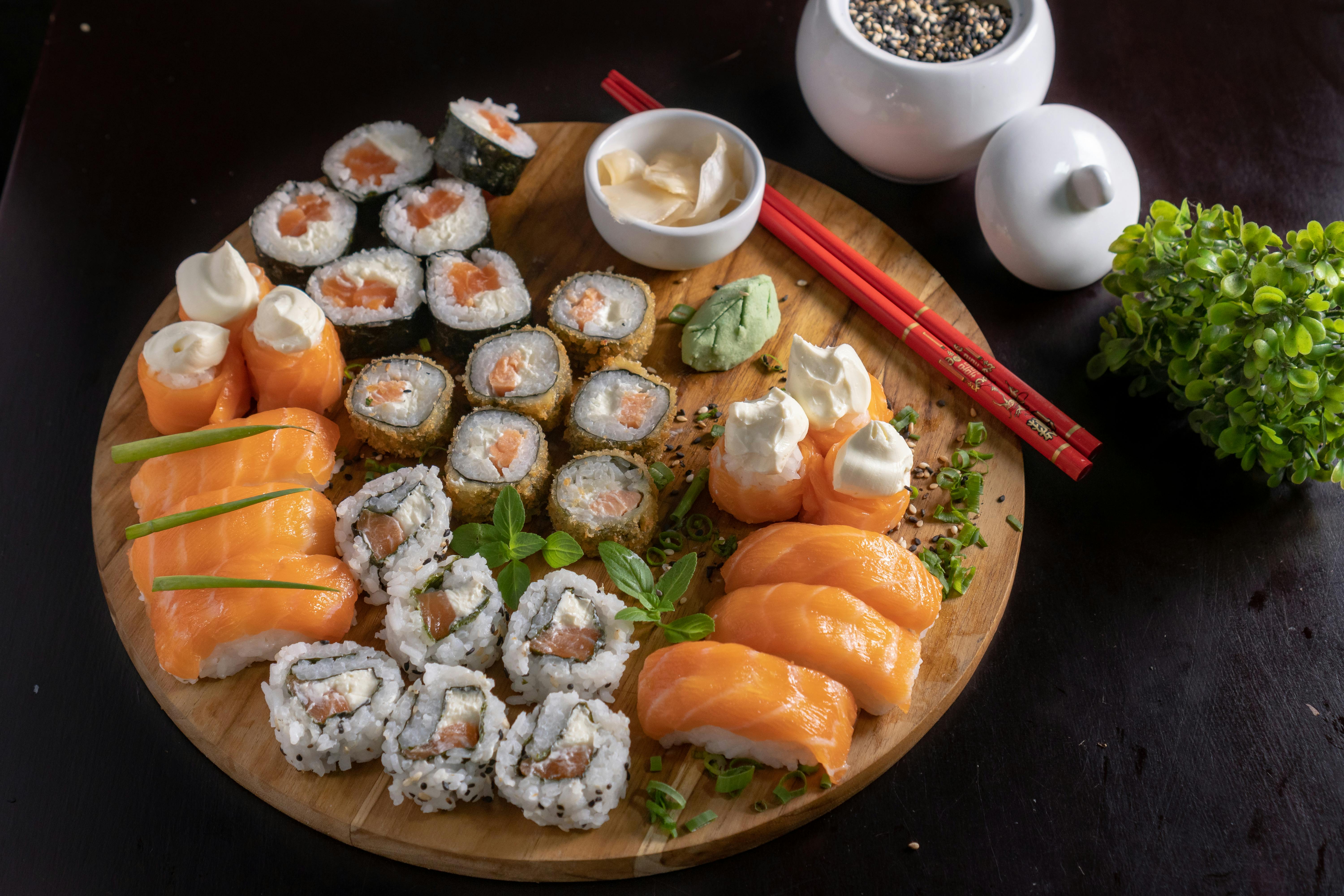Japan is truly a remarkable destination that has captured the hearts of travelers from across the globe. With its enchanting cherry blossoms, peaceful temples, flavorful cuisine and one-of-a-kind experiences just to name a few. It’s no wonder why this country has always been a dream for travelers worldwide.
Japan’s ability to combine its rich history and time-honored traditions with the wonders of modernity is truly alluring. In this blog post I’ll be having a look at what makes Japan such a wonderful place to visit as it combines the charm of the past with its futuristic innovations.
Traditions and culture
One of the truly captivating aspects of Japan that draws travelers in is its rich cultural heritage and deep rooted traditions. Japan’s history spans over centuries offering a unique opportunity for visitors to step back in time and immerse themselves in the beauty of ancient customs and traditions.
The architecture of Japanese temples and shrines is a true reflection of the country’s artistry and craftsmanship. You’ll come across a variety of styles from the intricate designs of Tokyo’s temples to the simplicity and elegance of zen temples like Ryōan-ji. The careful attention to detail and the use of natural materials make the buildings blend in with the environment around them.


Participating in temple and shrine rituals can be a fascinating experience. Witnessing a traditional tea ceremony or attending a zen meditation session can provide travelers with some insight into Japanese spirituality and culture. Many visitors do take the opportunity to make offerings, say prayers or even have their fortunes told when visiting spiritual places.
In conclusion Japanese temples and shrines are not just architectural wonders rather they serve as windows into the soul of Japan itself. These sacred places provide an unique chance to deeply engage with the country’s rich history, culture, and spirituality while discovering serenity within their peaceful surroundings. So whether you’re an adventurous traveler or a seeker of inner peace these mystical wonders eagerly await your exploration in the Land of the Rising Sun.
Kimono

The kimono is often regarded as one of the most iconic symbols of Japanese culture. it’s a garment immersed in tradition and history. Kimonos origins date back over a thousand years and its design, fabric, and accessories hold deep cultural significance.
Kimonos hold a significance that goes beyond being just clothing because they embody Japan’s cultural identity. The selection of fabric, patterns, and colors in a kimono can communicate a person’s age, marital status, and the specific event they are partaking in. The countless styles of kimonos also mirror the abundant regional and seasonal variations found throughout Japan.
In today’s fast-paced world wearing a kimono during festivals and visits to shrines serve as a beautiful connection between the past and the present. It gently nudges us to remember the lasting significance of tradition and our crucial responsibility in preserving our valuable heritage.
Sakura
Japan’s iconic cherry blossoms also known as sakura are beautiful flowers and a unique natural phenomenon that captivates hearts worldwide. Spring in Japan is the time to witness the beauty of cherry blossoms. But the sakura season is not just about the stunning blooms because it’s a cultural celebration filled with picnics, festivals and illuminated nights.
Cherry blossoms hold a special place in Japanese culture. People celebrate the blossoms annually during the sakura season and they are a proof of the country’s deep connection with nature.
The sakura season announces the arrival of spring in Japan. As winter retreats, cherry trees across the country burst into bloom painting the landscape with different shades of pink and white. People eagerly anticipate this annual transformation as it signifies the end of the cold and dark winter months.

Onsen
People have cherished onsens for centuries. The term “onsen” translates to “hot spring” in Japanese. The onsens origins date back to Japan’s ancient history and they have become an essential part of Japan’s rich cultural heritage. Bathing in these natural thermal springs is not just about cleansing the body, it’s a ritual that cleanses the soul and connects you to the land’s ancient spirit.
People believe that the mineral rich waters of onsen have various health benefits. Onsen are known for their therapeutic properties such as improving circulation, soothing muscle aches and relieving stress. Many visitors seek these healing waters to revitalize their bodies and minds alike.
What makes Japanese onsens truly special are their breathtaking settings. Each onsen destination provides a distinctive backdrop to enhance your relaxation. Whether you’re soaking in an outdoor onsen nestled within the forest, perched high in the mountain peaks or enjoying an ocean view from a seaside onsen, the surroundings elevate the entire experience furthermore.

Japanese cuisine
Japanese cuisine is a feast for the senses. Every dish is a work of art and every bite tells a story. It pays homage to tradition while still embracing innovation. The use of vibrant colors, delicate garnishes, and elegant tableware makes dining in Japan an aesthetic and unforgettable experience.
Perhaps the most globally celebrated Japanese dishes are sushi and sashimi. The key to excellence lies in the quality of ingredients and the skill of the sushi chef. Savoring a piece of perfectly sliced sashimi or a delicately crafted sushi roll is an experience that surpasses the usual standards.

Kaiseki is often referred to as the peak of Japanese fine dining. It’s a carefully crafted multi-course meal that beautifully reflects the changing seasons and the chef’s creativity. Each course is a thoughtfully composed fusion of flavors and textures taking diners on a journey through Japan’s culinary heritage.

Ramen, a beloved Japanese comfort food has collected a loyal following worldwide. From rich and savory broths to different kinds of noodles and an variety of toppings, a bowl of ramen is like warm hug. Whether you prefer the classic Tonkotsu or the spicy Miso variation when it comes to ramen you can get a taste of Japan’s culinary soul.


Street food
Japanese street food is an adventure waiting to be explored. Don’t miss the chance to try takoyaki (octopus balls), okonomiyaki (savory pancakes) or yakitori (grilled chicken skewers) straight from street vendors and food stalls. These quick bites are bursting with flavor and they make for a perfect on the go snack.
We often see the word “yaki” when eating at Japanese restaurants. Yaki (焼き) means “grilled, boiled, and pan-fried” or, in other words, “cooked over a direct heat source.” Therefore, most of those dishes with “yaki” in their names are often cooked using these methods.
In addition, this word has the same pronunciation as the word 夜気 (Night air), also read as “yaki.” This makes perfect sense as there is nothing better than to enjoy warm and delicious “yaki” food outside with your friends or loved ones on a beautiful night. (Michelle Mar, 2022)


When you explore the dining scene in Japan you’re in for a pleasant surprise especially if you’re mindful of your budget or simply a food lover. What’s remarkable about dining out in Japan is not just how common it is but also how budget friendly it can be. As you can see in the picture below, different kinds of meat skewers cost between 95 to 105¥ (Yen), which is the equivalent of 0,60-0,66€. (24.9.2023)

So, to sum it up, whether you’re enjoying a refined kaiseki meal or savoring the simplicity of a bowl of ramen Japanese cuisine is an art form that invites you to savor the moment and appreciate the culinary journey that you currently are on.
A blossoming dream; Journey across Japan
I’ll continue to dream, plan, and prepare for the day that I’ll go on my very own journey across Japan. From serene temples and tea ceremonies to the vibrant streets of major cities, the contrast of old and new guarantees an extraordinary adventure.
I’ll keep soaking in every bit of information and inspiration, ensuring that when the time comes my adventure will be as enhancing and fulfilling as I’ve ever imagined it to be.
But until then, the dream of exploring the wonders of Japan remains a blossoming dream—a dream that’s drawing closer with every passing day.
I hope that this post sparked your interest and inspired you to dream of new adventures that you want to experience someday. Thank you for reading!